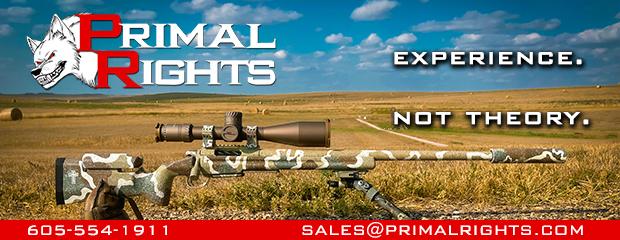I can give you one example of the difference. I wish I had this target still. Now I dont know what "scientific data" is published but at one time Litz argued this was not true. That BC was it and weight was factored in. I also dont wear a double mask to drive in my car alone

. So Im not too worried about the "science" just because its in a book. It was argued tune has no effect on bc too, but we know it does. Some guys use it as part of the tuning process.
The target Im talking about was a good example of how much it matters. A friend of mine had his light and heavy br rifles at our range. Our range doesnt switch much, its usually a l to r push that varies in intensity. His 6mm is possibly the best 6mm theres ever been, 8 records fell last year to it. It shot a 5 shot group about 12" wide, a "weather report" we call it. Vertical was good but the wind killed it. Same condition his 30 shot a 3.7" round 10 shot group. You would have guessed there was no wind at all by looking at the group. It also took 1 moa less to center up on the target. The 6mm is a custom bullet, about .550bc at 3030 fps. The 30 was a 185 Berger .555 bc closer to 3000 fps.
Now your typical heavy gun is more likely a 300 wsm running a 210 vld at 2800-2850. Thats a 620 bc and it will eat that 550 bc at 3030 fps lunch at 1k when its windy. Not just less drift by a good margin but the groups stay together much better.


